Kimchi—a spicy, fermented, and pungent delight—has evolved from a traditional Korean side dish into a global culinary and health phenomenon. With its rich history, complex flavors, and probiotic benefits, kimchi is now enjoyed across continents and cultures. Yet when one asks, “Which country is the largest kimchi producer in the world?”, the answer is definitive: South Korea.
Renowned for its cultural, historical, and industrial connection to this iconic food, South Korea leads the world in kimchi production, both in terms of quantity and quality. This article explores the reasons behind Korea’s dominance, the economic and cultural importance of kimchi, its global spread, and how other countries are also entering the kimchi market.
Understanding Kimchi: A Global Fermented Icon
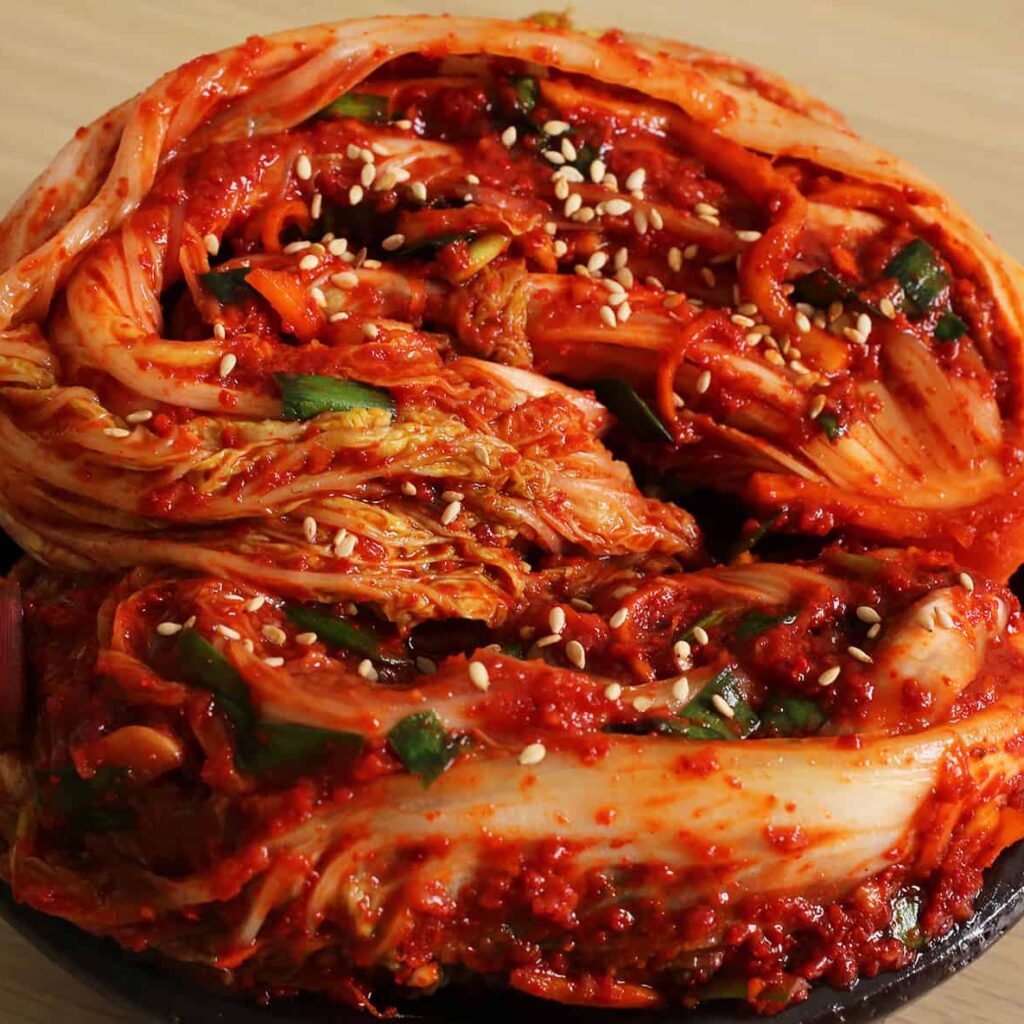
Kimchi refers to a variety of fermented vegetables, most commonly napa cabbage and Korean radish, seasoned with chili powder, garlic, ginger, salted seafood, and other ingredients. There are over 200 types of kimchi, with recipes varying by region, season, and family traditions.
Traditionally consumed as a side dish (banchan) in every Korean meal, kimchi is now widely recognized for its health benefits, including:
- Rich probiotic content
- Anti-inflammatory and antioxidant properties
- High in vitamins A, B, and C
- Promotes gut health and digestion
These factors have turned kimchi into a health food trend in Western countries, further boosting its international demand.
South Korea: The Unquestionable Leader in Kimchi Production
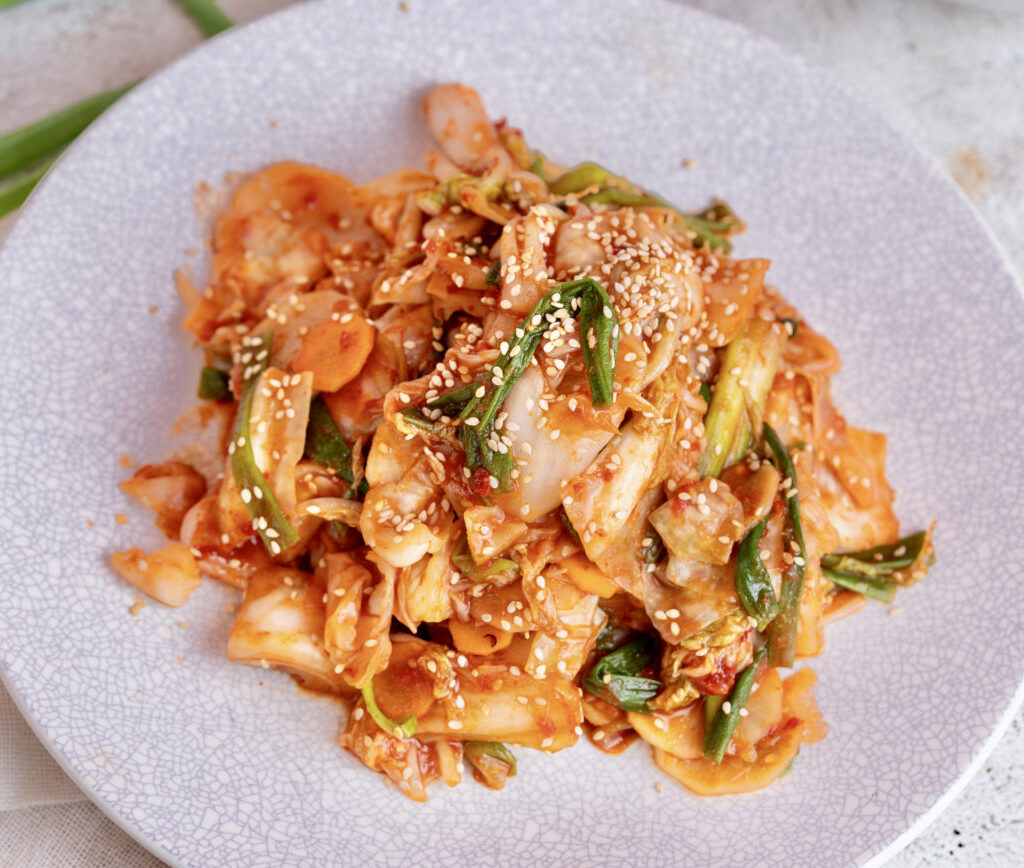
1. Deep Cultural Roots
Kimchi is often called the “soul food of Korea.” Its importance is so profound that UNESCO designated “Kimjang”—the traditional communal process of making and sharing kimchi—as an Intangible Cultural Heritage of Humanity in 2013.
In Korean households, kimchi is not merely a dish; it symbolizes community, family ties, and cultural identity. Most Koreans consume kimchi daily, and many believe that a meal without kimchi is incomplete.
2. Production Scale
According to data from Korean Agro-Fisheries & Food Trade Corporation (aT) and Statistics Korea:
- South Korea produces over 2.3 million metric tons of kimchi annually.
- About 70% is consumed domestically, while the rest is exported.
- Kimchi manufacturing is supported by more than 1,500 registered companies, with giants like Daesang FNF (Jongga brand), CJ CheilJedang, and Sinto Gourmet leading the industry.
3. Economic Contribution
- The South Korean kimchi industry is valued at over USD 2.5 billion.
- Kimchi exports surpassed USD 150 million in 2023, with major markets including:
- Japan
- United States
- Australia
- China
- Europe
The government has supported kimchi as a national export brand, even setting up promotional campaigns under the banner of “K-Food”, similar to the global popularity of K-pop and K-beauty.
Major Kimchi-Producing Companies in South Korea

1. Daesang (Jongga Brand)
- The largest kimchi producer in Korea and globally.
- Operates the world’s biggest kimchi plant in Iksan, Jeollabuk-do, capable of producing over 100,000 tons annually.
- Exports kimchi to more than 60 countries, with variations suited to local tastes (milder or spicier).
2. CJ CheilJedang
- A major player in Korea’s food processing industry.
- Offers a range of traditional and vegan kimchi products.
- Invests heavily in R&D for shelf-stable, export-friendly fermented foods.
3. Pulmuone, Sinto Gourmet, Kimchi World
- These brands cater to health-conscious consumers, with organic, additive-free, or gluten-free options.
- Some brands also produce fusion kimchi dishes such as kimchi tacos and kimchi pasta sauces.
Why South Korea Leads in Kimchi Production
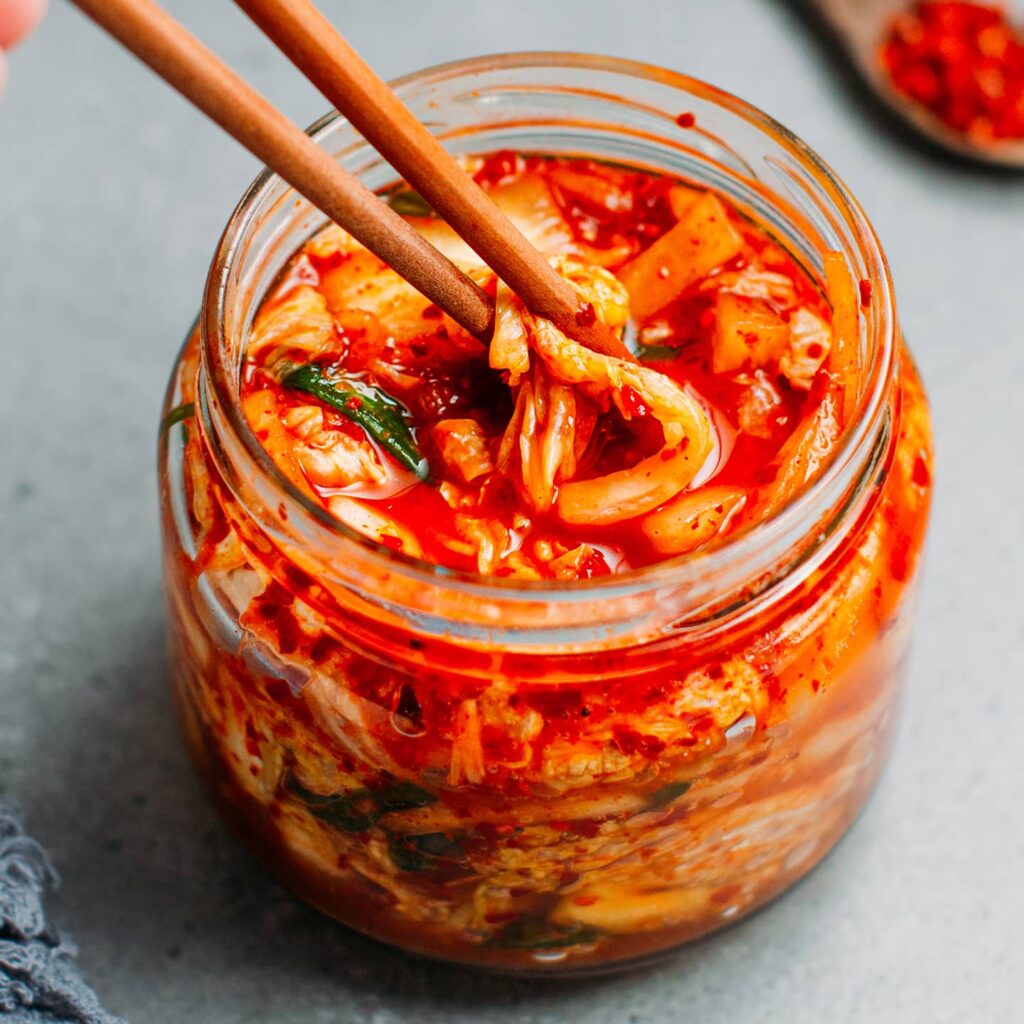
1. Historical and Cultural Significance
Kimchi-making traditions date back over 1,500 years. Every family has its own variation, passed down through generations. The Kimjang season (late autumn) is when families and communities come together to make large quantities of kimchi for winter consumption.
2. Technological Advancements
South Korean companies have revolutionized kimchi production through:
- Hygienic, automated fermentation facilities
- Vacuum-sealed and high-pressure packaging
- Temperature-controlled logistics for maintaining freshness during export
- Robotic kimchi-making lines for large-scale processing
3. Government Support and Global Branding
The South Korean government has actively promoted kimchi as a symbol of national pride. Government-funded initiatives include:
- Kimchi Expos and Fairs
- Global Kimchi Institutes
- Standardization guidelines for fermented food safety and quality
- K-Food promotions in foreign supermarkets
4. Domestic Demand
With an average Korean consuming over 20–30 kilograms of kimchi annually, local demand alone keeps the industry vibrant and growing.
Global Spread of Kimchi and International Production
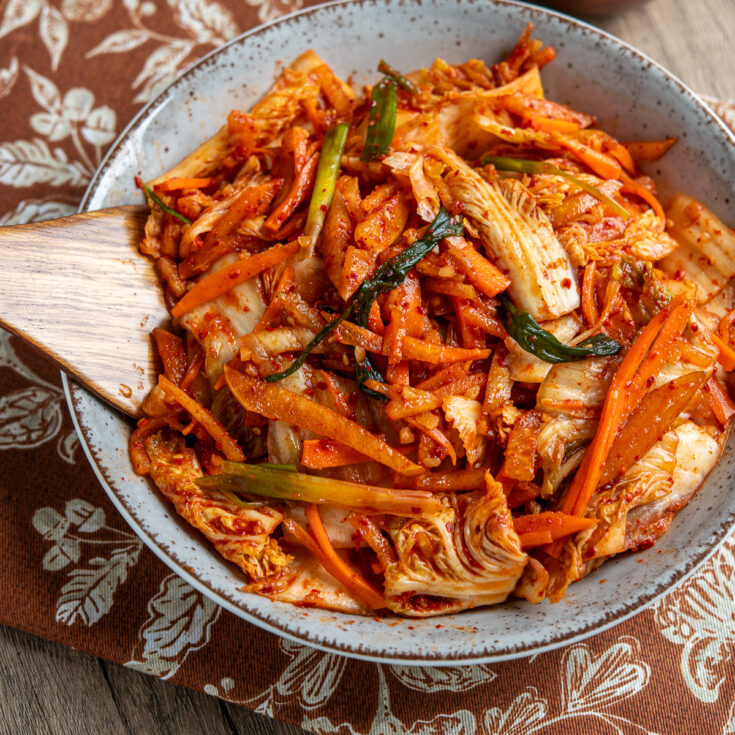
While South Korea leads the global market, several other countries have begun producing kimchi, either for domestic consumption or export:
1. China
- China produces vast quantities of paocai, a form of pickled vegetables similar to kimchi.
- However, Chinese-made kimchi—often cheaper and mass-produced—is different in flavor and process from authentic Korean kimchi.
- In 2020, controversy erupted when Chinese media claimed “kimchi” originated from China, sparking international backlash and reassertion of Korea’s cultural ownership.
Despite the controversy, South Korea maintains international certification as the originator and primary producer of kimchi, including the Codex Alimentarius standard adopted by the UN FAO/WHO.
2. United States
- Korean-American communities and health-conscious consumers have driven kimchi production in the U.S.
- Brands like Wildbrine, Mother-in-Law’s Kimchi, and Sinto Gourmet are growing rapidly.
- While most ingredients are locally sourced, some use imported Korean chili flakes or fermented shrimp to maintain authenticity.
3. Japan
- Japan is a major importer of Korean kimchi, but also produces milder versions of kimchi domestically, adjusted to local palates.
Health Trends Fueling Kimchi Demand Worldwide
1. Gut Health and Probiotics
Kimchi is rich in lactic acid bacteria, which aid digestion and strengthen immunity. This aligns with global trends favoring fermented foods such as kefir, kombucha, and sauerkraut.
2. Vegan and Gluten-Free Kimchi
With growing dietary restrictions and preferences, many brands now offer vegan kimchi, free from fermented shrimp or fish sauce, using seaweed or soy-based alternatives.
3. Culinary Versatility
Kimchi is now used in a variety of fusion dishes:
- Kimchi burgers
- Kimchi fried rice (kimchi bokkeumbap)
- Kimchi quesadillas
- Kimchi ramen and noodles
- Kimchi pancakes (kimchi jeon)
Challenges Facing the Kimchi Industry
Despite its success, the kimchi industry is not without its challenges:
- Rising Ingredient Costs – Cabbage and chili pepper price fluctuations impact production costs.
- Maintaining Authenticity in Exports – Preserving probiotics and flavor over long shipping durations is difficult.
- Cultural Appropriation and Mislabeling – Some non-Korean brands market “kimchi-style” products that lack traditional methods or ingredients, leading to consumer confusion.
- Climate Change – Erratic weather patterns affect napa cabbage harvests and threaten the seasonal kimchi-making calendar.
Conclusion: South Korea – The Kimchi Capital of the World
From ancient clay pots buried underground to robotic fermentation lines in modern factories, South Korea’s kimchi story is one of tradition fused with innovation. With over 2 million tons produced annually, a global fanbase, and institutional recognition from UNESCO and international trade bodies, South Korea holds the unchallenged title as the largest kimchi producer in the world.
As global consumers seek out gut-friendly, flavorful, and culturally rich foods, kimchi continues to rise—bringing Korea’s culinary soul to the world, one spicy bite at a time.
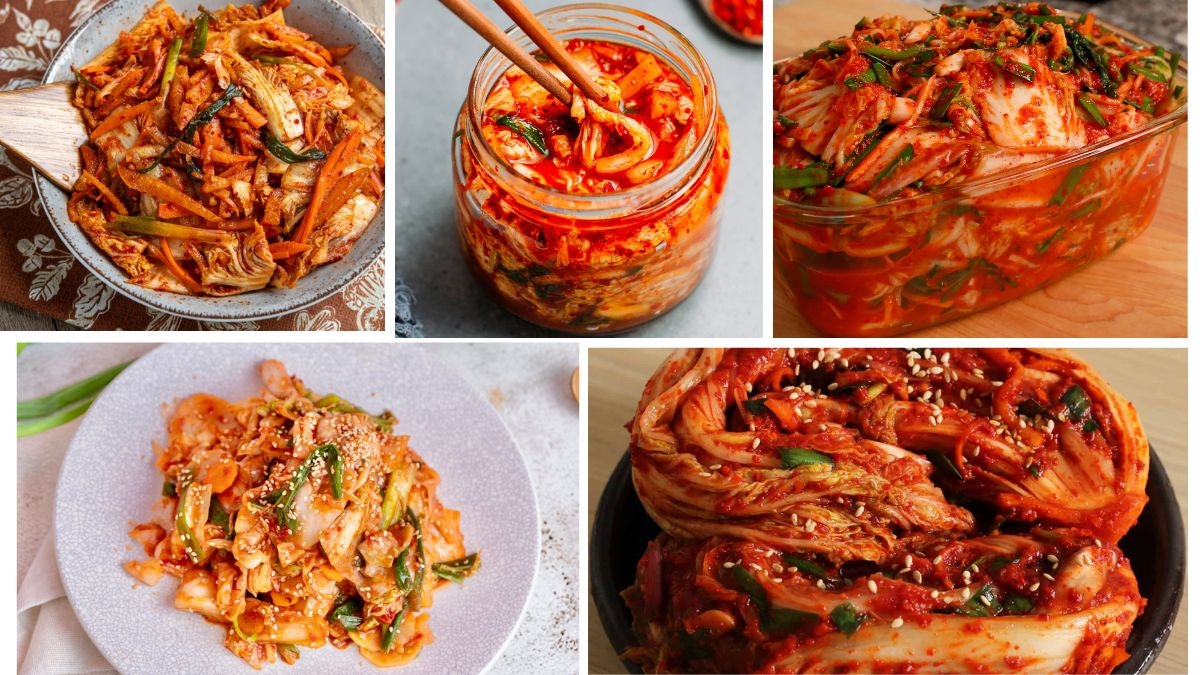



Leave A Comment